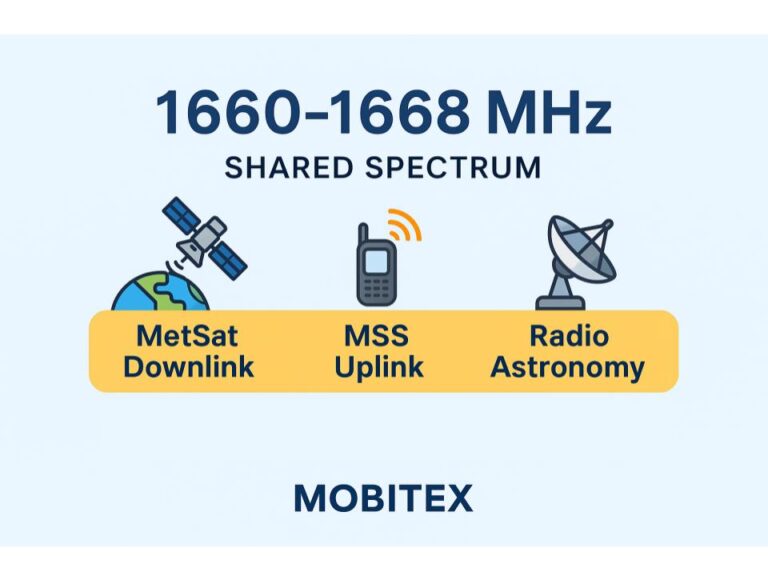1700–1710 MHz Frequency Band Overview
December 16, 2025
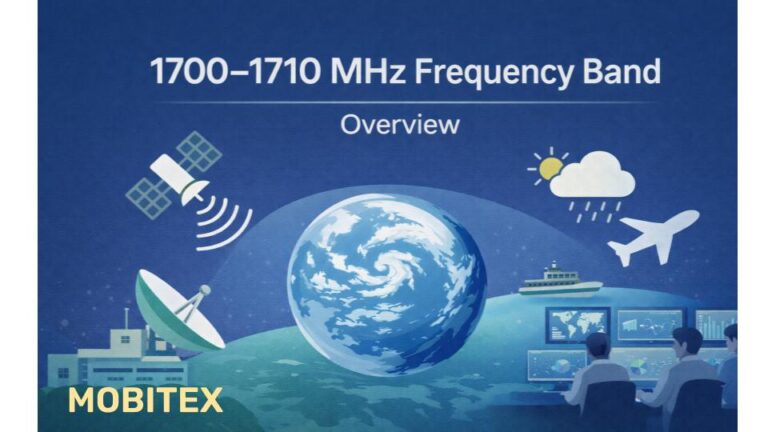
1675-1699 MHz Band Deep Dive – Understanding Meteorological Satellites and Fixed Services in This Spectrum
December 16, 2025
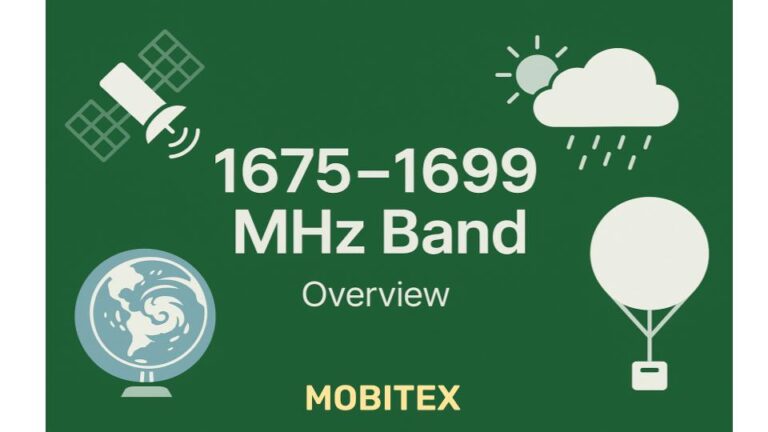
1669-1674 MHz Band Explained: Meteorological-Satellite Service and Weather Operations
December 15, 2025
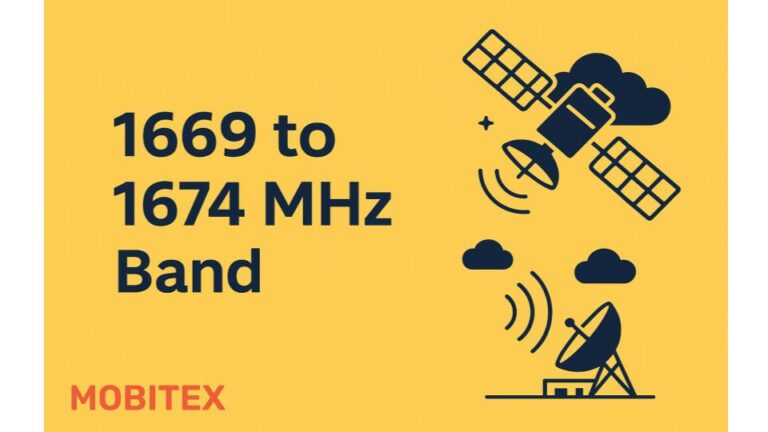
1661-1668 MHz Band Explained: Radio Astronomy, Meteorological Satellites & Science
December 15, 2025
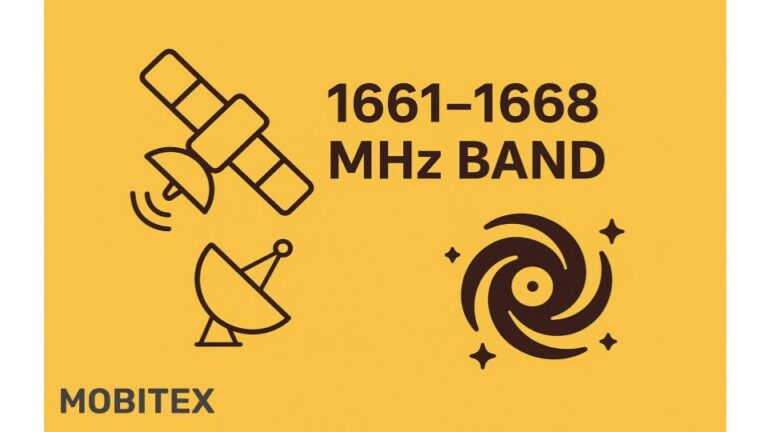
1627-1660 MHz Frequency Allocation: Mobile-Satellite Service in Aviation, Maritime & Land
December 15, 2025
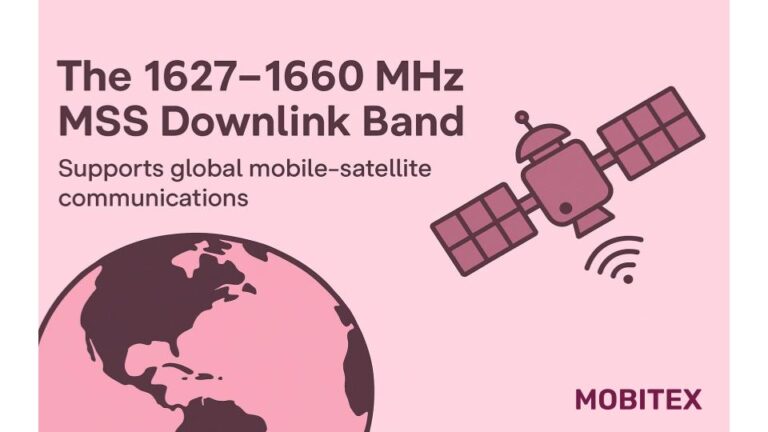
1614-1626 MHz Band Explained: GPS L5, Iridium, and Why This Spectrum Matters
December 15, 2025
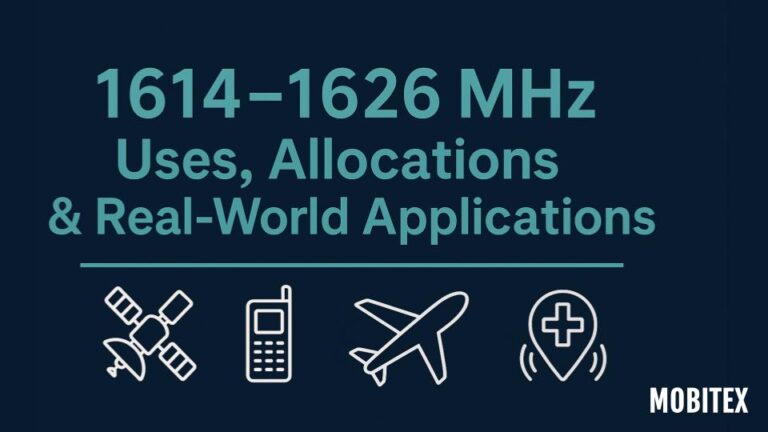
Baofeng UV-5R vs BF-F8HP Pro: Classic Value vs Upgraded Power
November 28, 2025
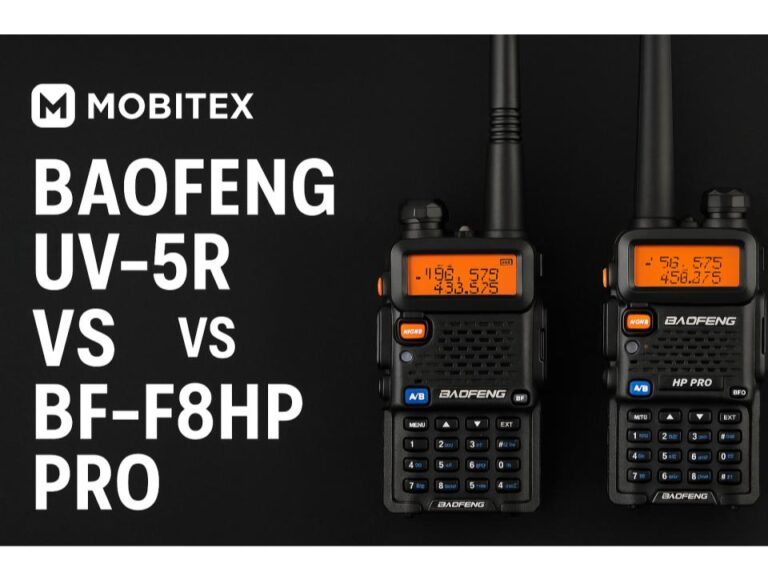
What Is a CB Radio?
November 18, 2025
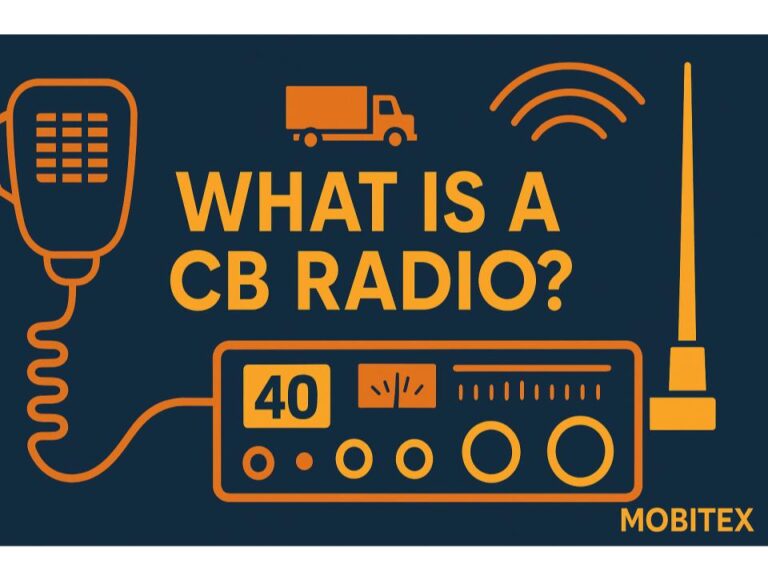
Inside the 1611–1613 MHz Band: Where Satellites Meet Science
November 13, 2025

Inside the 1660–1668 MHz Band: Satellite, Weather, and Radio Astronomy Spectrum
November 13, 2025
